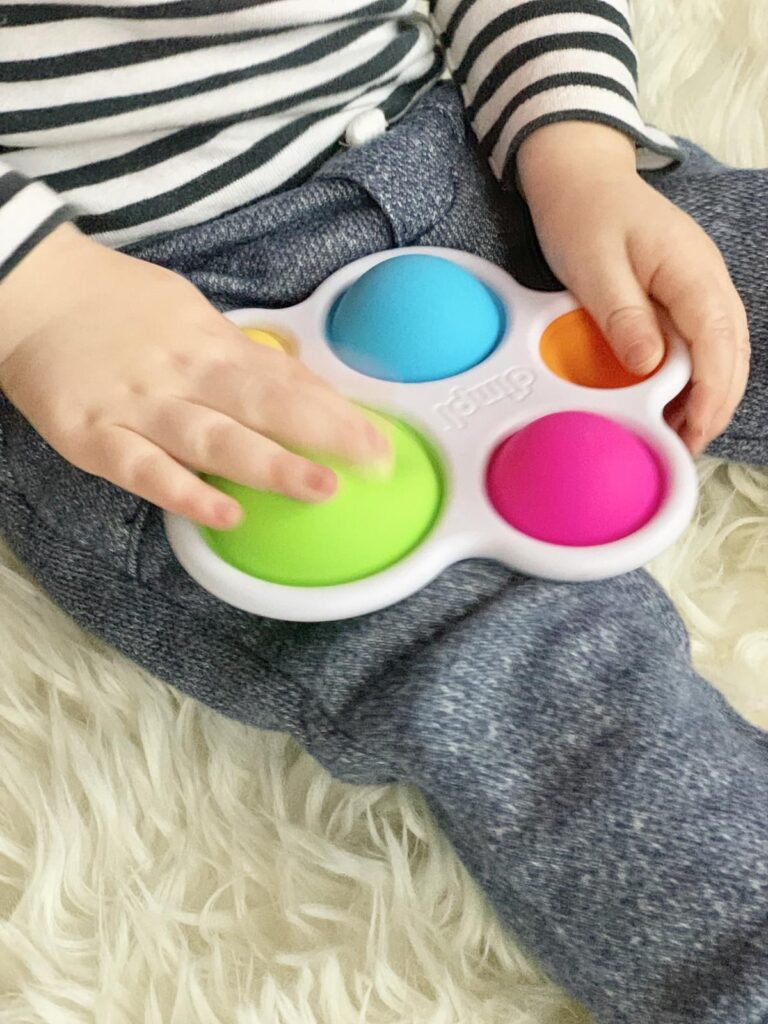Sensory Toys
Sensory toys are designed to help children to engage their senses, alleviate anxiety, improve focus and promote sensory integration. Sensory toys come in different forms and sizes, and each toy provides specific benefits. Typically, sensory toys are used to help children with autism spectrum disorders, ADHD, and sensory integration disorders. Let’s explore different types of sensory toys, their benefits, and how to choose the perfect sensory toy for your child.


Buying Guide on Sensory Toys:
When purchasing sensory toys, it is essential to consider the following factors:
Age Appropriateness: Choose sensory toys that are appropriate for your child’s age and developmental needs.
Safety: Check the toy for any potential choking hazards or sharp edges.
Durability: Select toys made of high-quality materials to ensure they will last longer.
Texture and Sensory Appeal: Choose toys with different textures, sounds, or colors to engage your child’s senses.
Ease of Use: Choose easy-to-use toys that are not too complicated for the child to play with.
Types of Sensory Toys:
Fidget Spinners:
Fidget spinners are small toys that spin continuously when held between fingers. Fidget spinners help reduce anxiety levels and improve focus in children with ADHD or sensory processing disorders. Fidget spinners come in various colors, shapes, and designs and are easy to carry around.
Kinetic Sand:
Kinetic sand is a type of play sand that stimulates tactile senses. Kinetic sand is easy to mold, shape, and clean up. It’s perfect for children who love tactile play and sensory stimulation. Kinetic sand helps improve fine motor skills, promotes imaginative play, and encourages creativity.
Play-Doh:
Play-Doh is a type of modelling clay that provides therapeutic benefits for children with sensory processing disorders. Play-Doh helps improve hand strength, coordination, and muscle tone. Play-Doh comes in various colors with different textures that promote sensory stimulation.
Sensory Blocks:
Sensory blocks are blocks with different shapes and textures to help children explore their sensory abilities. Sensory blocks can have various sensory components, such as tactile, visual, and auditory, that promote sensory stimulation and imaginative play.
Sensory Bin:
A sensory bin is a container filled with different materials, such as sand, dried beans, or rice. A sensory bin promotes tactile stimulation and improves sensory integration. Sensory bins can also include various objects, such as toys, figures, or letters, that encourage imaginative play and learning.
Water Beads:
Water beads are tiny gel-like beads that expand in water. They provide a unique tactile sensation that is fun to play with. Water beads help improve hand-eye coordination, promote fine motor skills, and sensory integration.
Benefits of Sensory Toys:
Improved Sensory Integration: Sensory toys engage children’s senses, promoting sensory awareness and integration.
Improved Fine Motor Skills: Sensory toys require children to use hand-eye coordination and hand muscles, improving their fine motor skills.
Better Focus: Sensory toys help children focus their attention on specific tasks.
Enhanced Language and Social Skills: Sensory toys promote imaginative play and learning, enabling children to learn a language and social skills.
Reduced Anxiety and Stress Levels: Sensory toys provide a calming effect, helping children with anxiety or stress to relax.
In conclusion, sensory toys are an important tool for children’s development needs. Sensory toys promote sensory integration, improve focus, and help alleviate anxiety and stress. When choosing sensory toys, it’s essential to consider age appropriateness, safety, durability, texture and sensory appeal, and ease of use. Sensory toys offer numerous benefits for long-term development and learning. Incorporating sensory toys into your child’s playtime can help boost their overall well-being and enhance their cognitive, physical, and emotional development.
